Volvo’s Vision 2020: The Road to Safety
In five years, the Swedish automaker aims to have no deaths in its new cars: here’s how they’re getting there

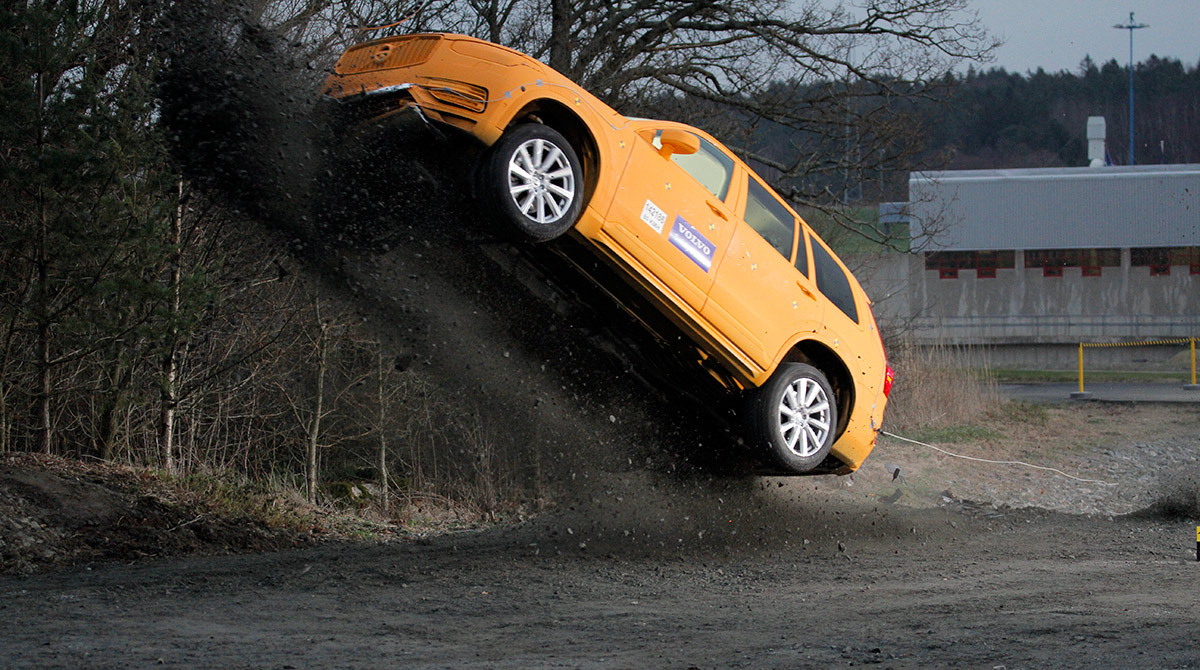
Automakers face countless challenges when setting the goals they want their cars to achieve. Balancing interests between emissions, power, luxury, style and safety all weigh heavy in the minds of decision-makers. While some brands have a reputation for redlining speed or tight handling, no one comes close to Volvo‘s reputation for safety. For decades the Gothenburg-based automaker‘s cars have been synonymous with road-tested safety and dependability. Volvo’s Vision 2020 initiative states that by 2020, no one will be killed or critically injured in a new Volvo car. A lofty goal to be sure, but the technological innovations the company is creating at its island headquarters in southwest Sweden suggest they are on the track to achieve it.
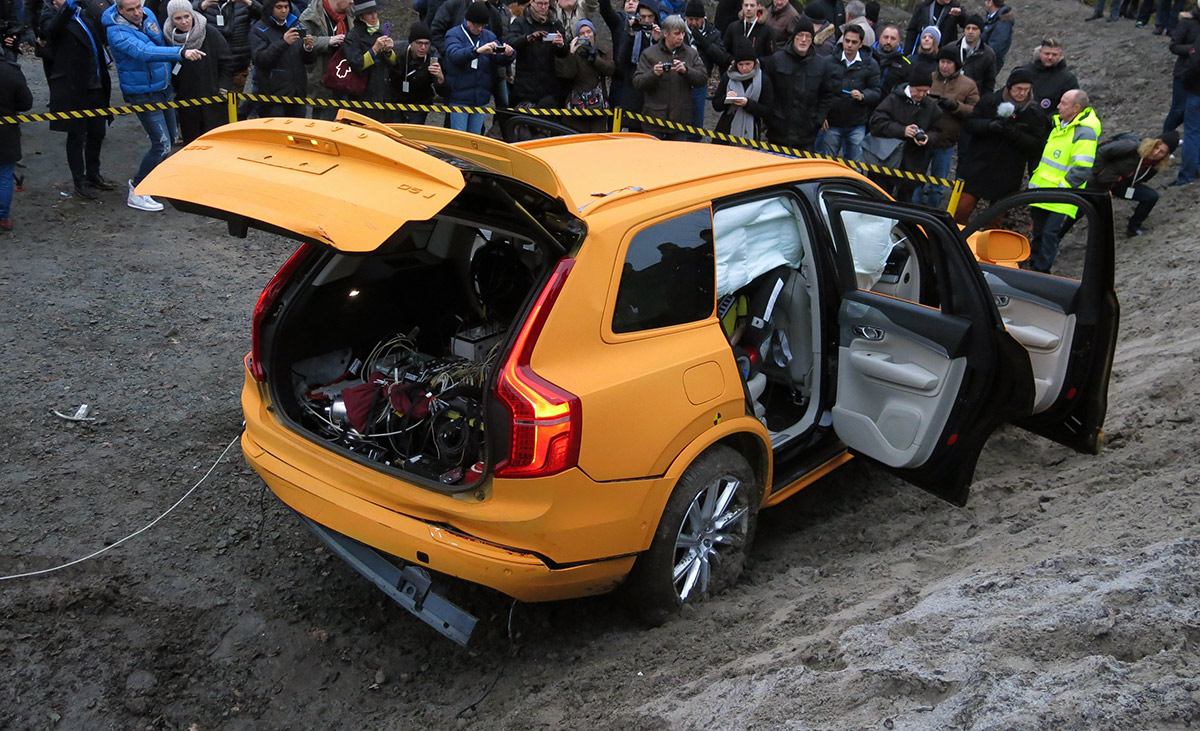
At the brand’s massive research and development facility, a bright new safety orange XC90—the company’s largest car—has just careened through a ditch at 80 kilometers an hour. With the excitement of the test, the surprise came at further inspection of the vehicle: for all the drama of the car soaring through the air like some kind of Swedish SUV version of Dukes of Hazard, there was almost no damage. This new XC90—like those that will be hitting lots in the model 2015 year—was outfitted with Volvo’s new safety features that are ushering it closer to its Vision 2020 goal.
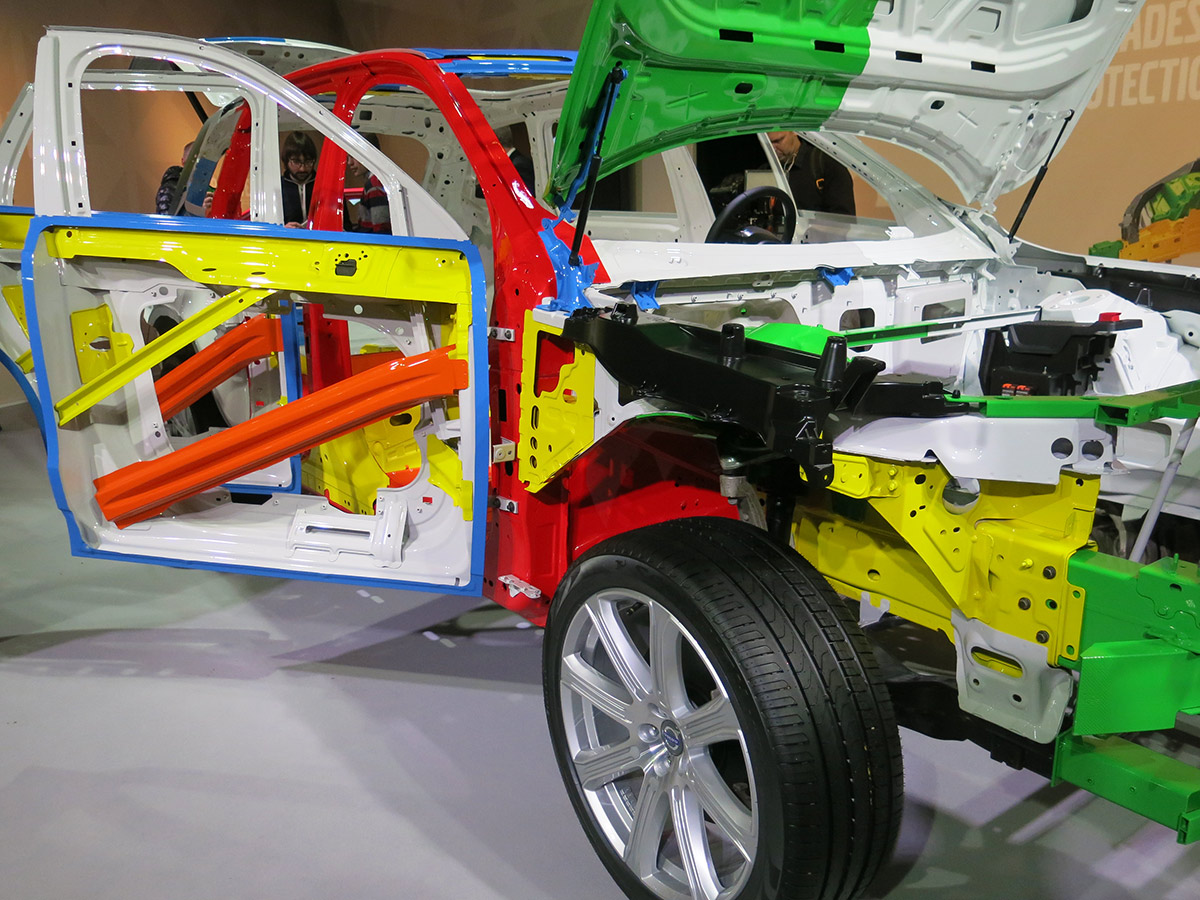
One of the keys to the car maintaining its structure is the new, carefully designed frame. Extremely heavy steel is used at points in the car where impacts cause the most damage, resulting in greater structural integrity. To balance out the heavy material, varying weights of steel and lighter metals are used in portions of the frame that are less crucial. Ultimately, weights are controlled while strength is improved. This frame also allows for the integration of an energy-absorbing seat system that improves spinal protection during crashes—like running through a ditch—with strong vertical forces. Combined with a surrounding airbag system also aimed at spinal protection, Volvo is targeting one of the most critical injuries faced in many serious accidents.
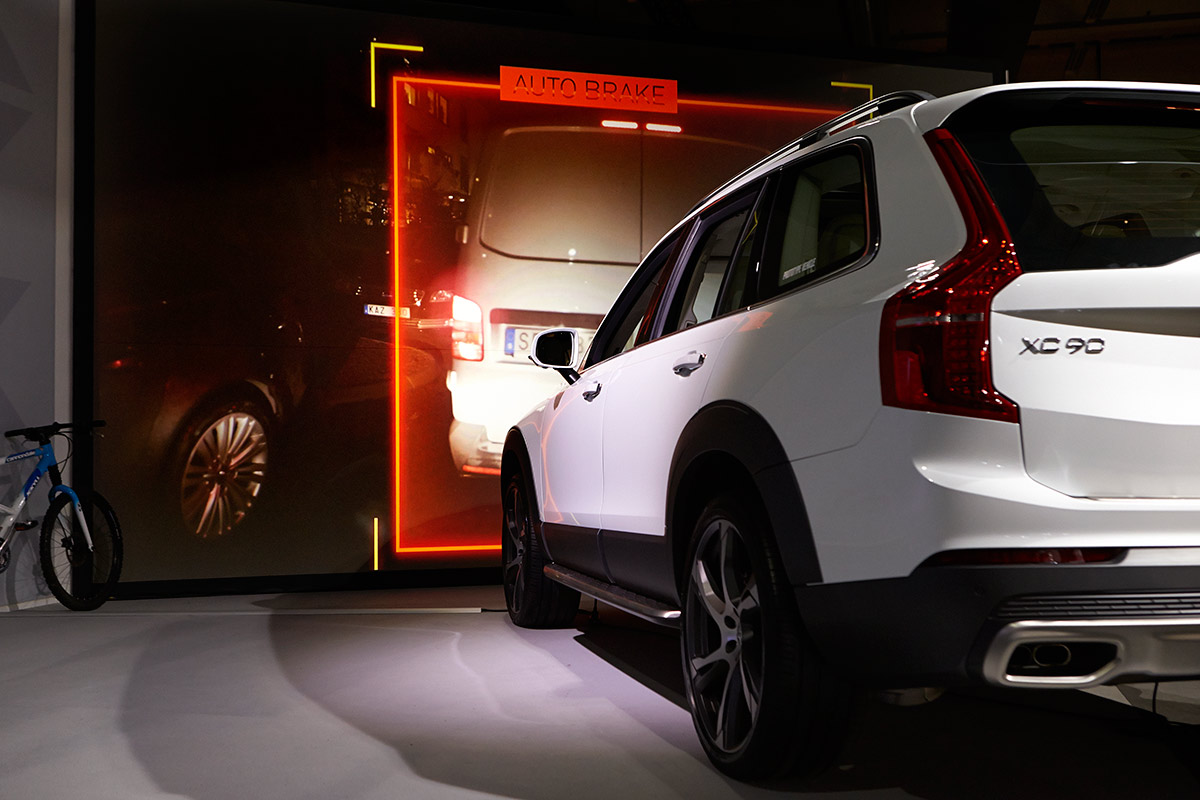
In a perfect world, an active safety system would prevent the car from entering a ditch (or rear-ending a truck, getting up close and personal with a moose, etc) in the first place. And if our visit to the (relatively) nearby AstaZero test track—a fully wired and customizable research facility—taught us one thing, it’s that assisted driving won’t mean drivers will be reading the news during the morning commute.
The Auto-Brake system, for example, is designed to kick in only in emergencies—not when you don’t want it to. According to one Volvo spokesman, a local auto journalist claimed the system didn’t work but in truth hadn’t pushed the limit close enough to engage it. A system of lasers and cameras detects active and passive obstacles from all angles, including side-detection useful for urban drivers sharing the road with cyclists.
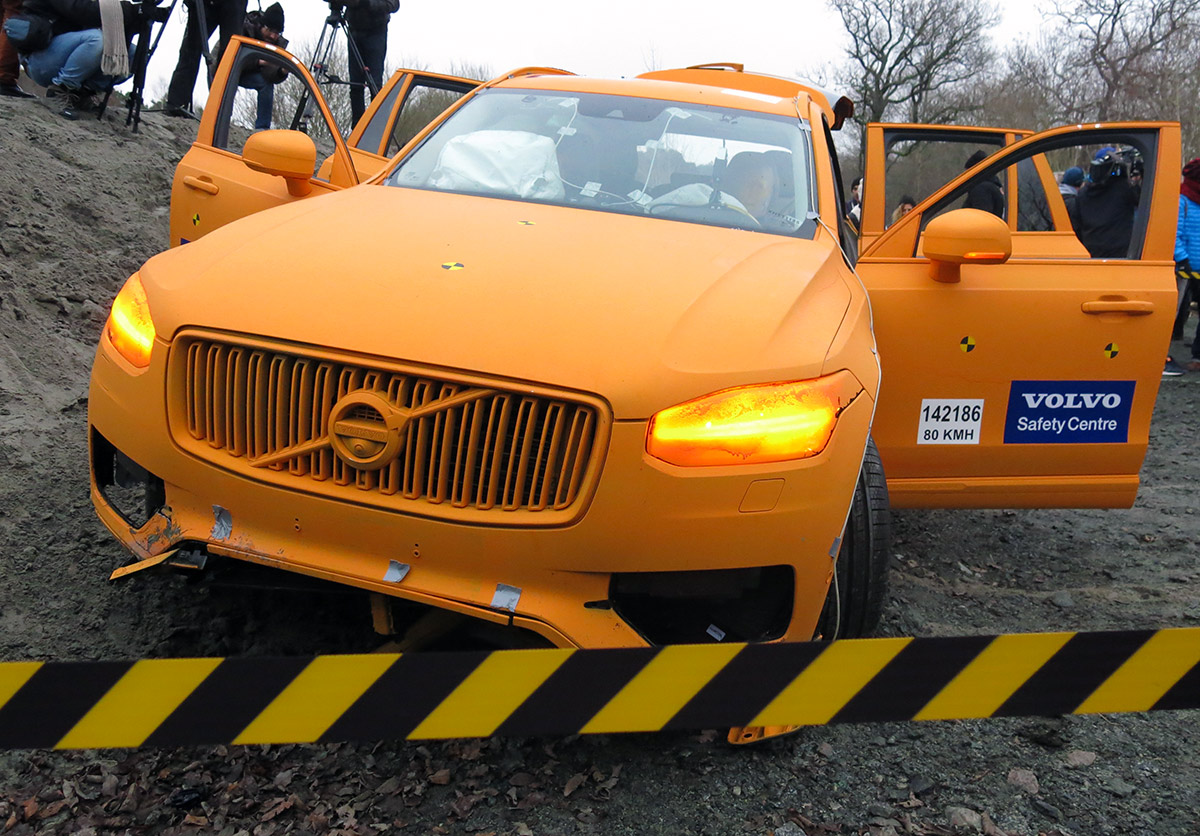
Using safety as a vantage point with cars can have a sobering effect. As much as we’re drawn to the personality, experience and aesthetics of automobiles, for a daily driver, safety is king. An estimated 1.2 million road deaths occur world wide annually, with the number only set to increase as economies develop worldwide and more cars hit the road. With this in mind, putting safety at the forefront doesn’t just seem like a viable brand strategy, it seems like a necessary one. Still, Volvo hasn’t forgot that driving should be enjoyable. There remains a strong Scandinavian design language in the cars, even more so than in the early 2000s. With the 2015 XC90, Volvo has made perhaps the first truly modern car to capture the Swedish ethos: thoughtfully designed, people-minded, refined yet comfortable and just a bit different from the pack.
The 2015 Volvo XC90, packed with the latest safety technology and design is available worldwide spring 2015 with an estimated starting price of $48,900.
Lead and Auto-Brake image courtesy of Volvo, all others by Hans Aschim












